6 Uses of Molybdenum | Facts About the Applications of Molybdenum
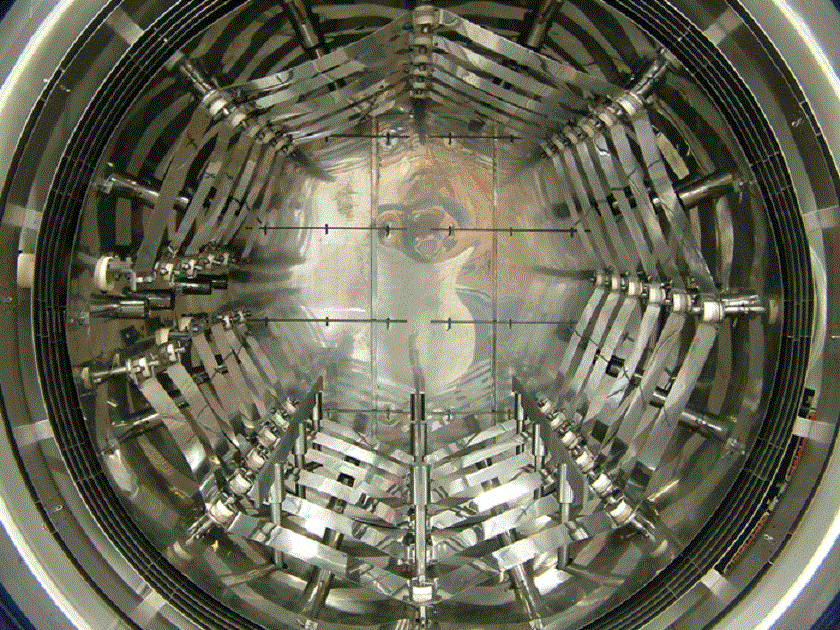
6 Uses of Molybdenum
Molybdenum is a refractory metal with a melting point of 2620℃. It has a small expansion coefficient, high conductivity, and good thermal conductivity. At room temperature, molybdenum does not react with hydrochloric acid, hydrofluoric acid, and alkali solution, only dissolves in nitric acid, aqua regia, or concentrated sulfuric acid. Therefore, molybdenum and its alloys have a wide range of applications and good prospects. In this article, we will introduce 6 major uses of molybdenum.
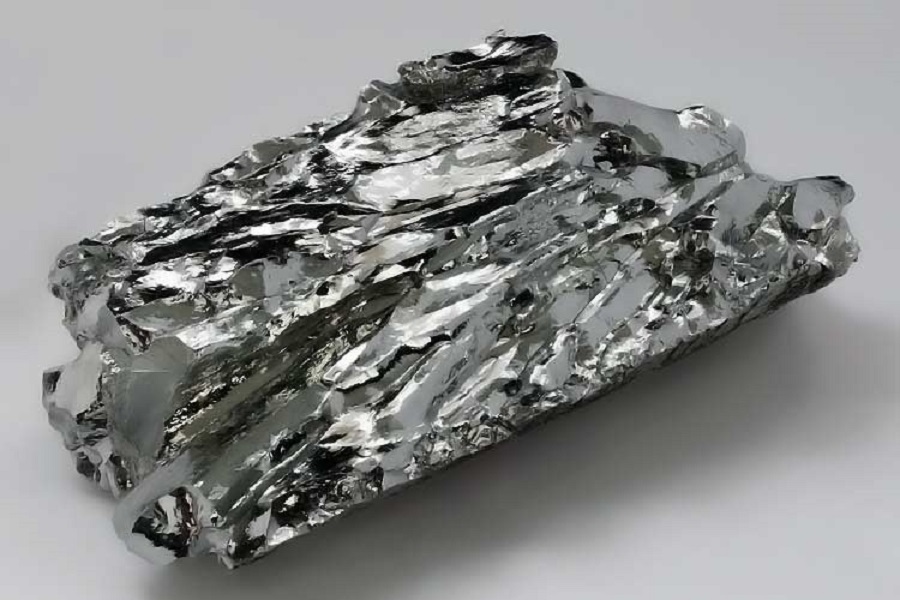
Uses of Molybdenum
1. Uses of Molybdenum in the Field of Steel and Alloys
In the steel industry, molybdenum consumption is the largest, mainly used for the production of alloy steel (about 43% of the total steel consumption of molybdenum), stainless steel (about 23%), tool steel and high-speed steel (about 8%), cast iron and rolls (about 6%).
Non-ferrous alloys can be formed by adding molybdenum as the base and adding other elements (such as titanium, zirconium, hafnium, tungsten, and rare earth elements). Molybdenum-based alloys are used for high-heating elements, extrusion tools, glass melting furnace electrodes, spray coatings, metal working tools, spacecraft parts, etc. due to their good strength, mechanical stability, and high ductility.
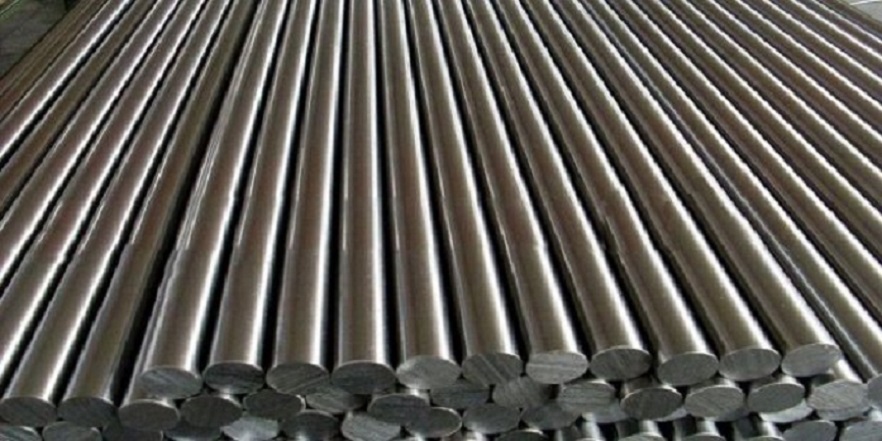
Uses of Molybdenum in the Field of Steel and Alloys
2. Uses of Molybdenum in the Field of Chemical Industry
Lubricant
Molybdenum dioxide is a good solid lubricant. This solid lubricant can be used normally under vacuum and various ultra-low temperatures and high temperatures, so it is widely used in the gas turbine, gear, mold, aerospace, nuclear industry, and other fields.
Catalyst
Molybdenum compounds are one of the most widely used catalysts and are widely used in chemical, petroleum, plastic, textile, and other industries.
Pigments
Chrome yellow and cadmium yellow are the most commonly used inorganic yellow pigments in the world today, but lead, chromium, and cadmium are toxic. Molybdenum yellow is not only non-toxic but also has a bright color and good light and thermal stability.
Inhibitor
The toxicity of molybdate is very low, and the corrosion of molybdate to organic additives added in corrosion inhibitors is very weak. Therefore, it is often used in the construction of cooling water and heating system of air conditioning to prevent low-carbon steel from being corroded.
3. Uses of Molybdenum in the Field of Electrical and Electronic
Molybdenum has good electrical conductivity and high-temperature resistance, and its thermal expansion coefficient is similar to that of glass. It is widely used to manufacture the core wire, lead wire, and hook of spiral filament.
In addition, molybdenum wire is also an ideal electrode wire for wire electric discharge machine tools. It can cut a variety of steel and hard alloys.
Monolayer molybdenite materials have excellent semiconductor properties, some of which surpass the widely used silicon and graphene, and are likely to be the next generation of semiconductor materials.
4. Uses of Molybdenum in the Field of Medical
Molybdenum is one of the essential trace elements of the human body and is also a component of many enzymes. The main function of molybdenum in the body is to participate in the mutual reaction between sulfur, iron, and copper. An appropriate amount of molybdenum can promote human development, inhibit tumors, maintain myocardial energy metabolism, and protect the myocardium.
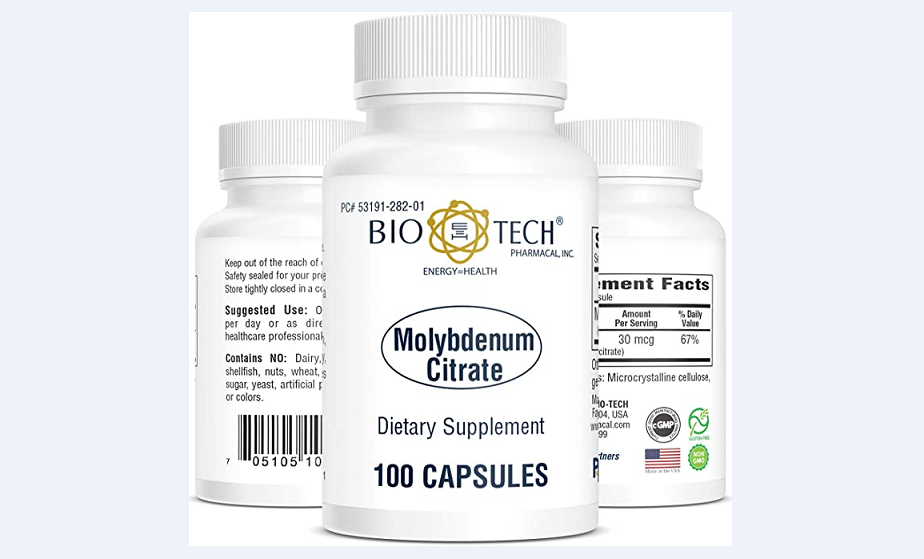
Uses of Molybdenum in the Field of Medical
However, a slight lack of molybdenum can lead to dental caries, kidney stones, Keshan disease, Kashin-Beck disease, esophageal cancer, and other diseases. Therefore, molybdenum is also used in medicines.
5. Uses of Molybdenum in Animal Husbandry
The biological effect of molybdenum is mainly achieved by being a component of certain molybdenum-containing enzymes in animals, which indirectly affects the biological activity of the enzyme.
In addition, molybdenum plays a special role in the nutritional metabolism of ruminants. On the one hand, molybdenum, as a component of the rumen microorganisms' nitrate oxidase, directly participates in the conversion of feed nitrate in the rumen. On the other hand, molybdenum, as a cofactor of sulfate oxidase, has a stimulating effect on rumen microorganisms. This helps the ruminants digest crude fiber and promotes the growth of ruminants.
Therefore, when the content of molybdenum in forage and feed is insufficient, it is necessary to add molybdenum additives to the feed in accordance with strict nutritional requirements and technical requirements to meet the needs of animals.
6. Uses of Molybdenum in Agriculture
Molybdenum is one of the necessary "trace elements" in plants. Molybdenum deficiency will affect the normal growth of plants.
As a trace element necessary for plant growth, molybdenum can not only promote the absorption of phosphorus by plants, but also accelerate the formation and transformation of alcohols in plants, increase the content of chlorophyll and vitamin C in plants, and improve the plant's resistance to drought, cold and disease ability.
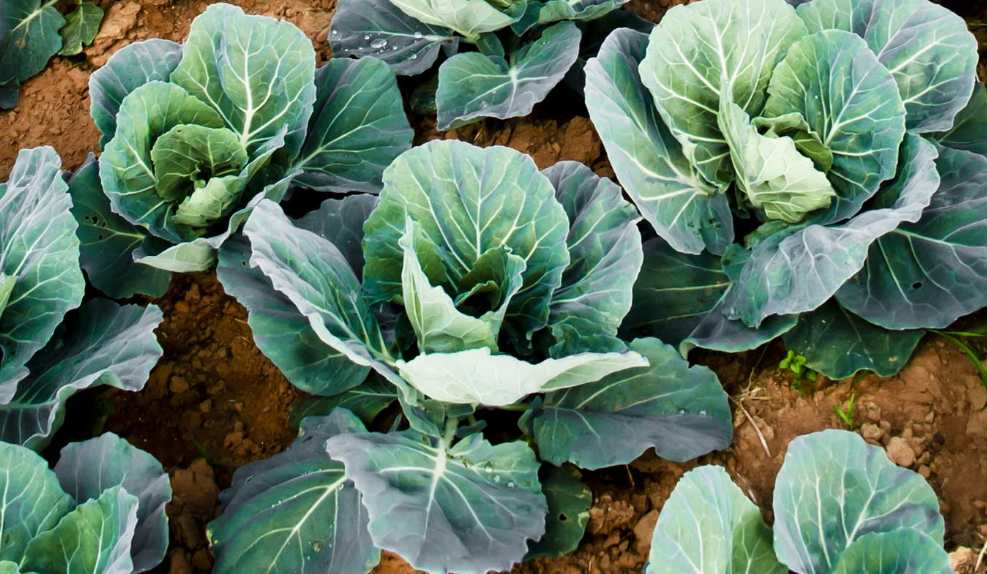
Uses of Molybdenum in Agriculture
Given the importance of molybdenum to plants, many countries have started to produce and use trace fertilizers containing molybdenum.
Conclusion
Thank you for reading our article and we hope it can be helpful to you. If you want to know more about the uses of molybdenum, you can visit Advanced Refractory Metals for more information. We provide customers with high-quality refractory metals at a very competitive price.
{{item.content}}
LEVE A REPLY
{{item.children[0].content}}
{{item.content}}






